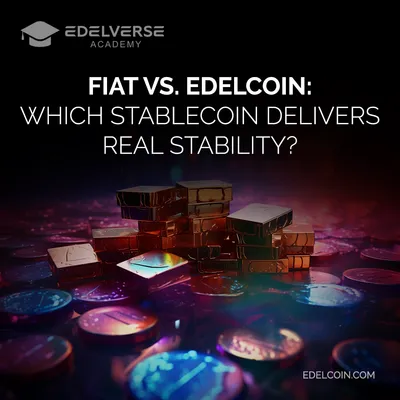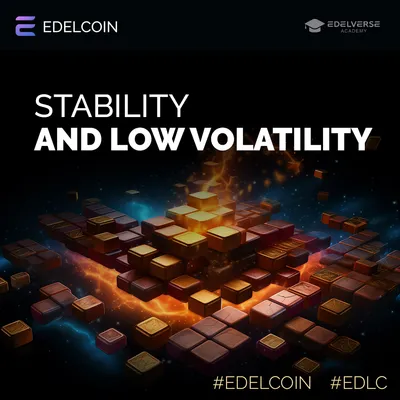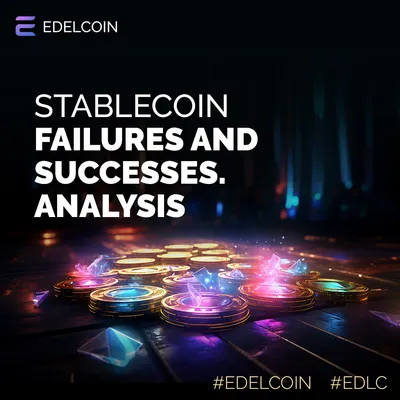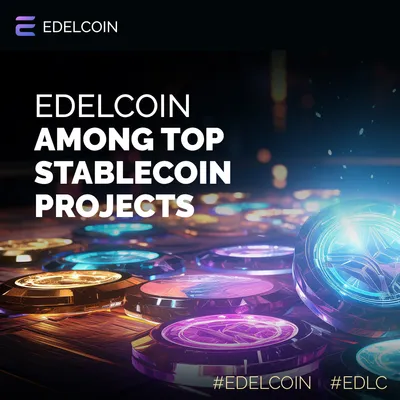Stablecoins and Their Impact on the Traditional Banking System
The rise of stablecoins presents both challenges and opportunities for the traditional banking system, potentially reshaping how payments and services are conducted.

The rise of stablecoins presents both challenges and opportunities for the traditional banking system, potentially reshaping how payments and services are conducted.

Alternative to Bitcoin cryptocurrencies, known as altcoins, now form a crucial part of the crypto ecosystem from dApps to crypto ecosystems.

Stablecoins are digital currencies designed to maintain a stable value relative to a specific asset, typically a fiat currency or other assets. Among these stablecoins, Edelcoin stands out as an innovative solution.

Stablecoins are contributing to global financial inclusion and the opportunities they present for creating a more equitable financial system.

Stablecoins have emerged as a vital solution to the problem of volatility. From the early days of Tether to the innovative asset-backed models like Edelcoin, stablecoins are transforming the financial landscape.

Stablecoins maintain a stable value. They achieve this by pegging their value to more stable assets such as fiat currencies, commodities, or a basket of assets.

Stablecoins have become a critical component of the cryptocurrency ecosystem, offering a bridge between digital assets' volatile world and traditional fiat currencies' stability.

The stablecoin sector has experienced exponential growth, driven by the demand for a digital currency that combines the benefits of cryptocurrency - like security and transparency - with the stability of fiat currencies.

The world of stablecoins is evolving rapidly. This article explores the diverse collateral backing methods in stablecoins, moving from traditional crypto and fiat to the innovative model presented by Edelcoin.

Stablecoins have emerged as a cornerstone of the cryptocurrency market, offering the promise of stability amidst the notorious volatility of the crypto world. Broadly, stablecoins can be categorized into centralized and decentralized models, each with its own set of advantages and risks.
